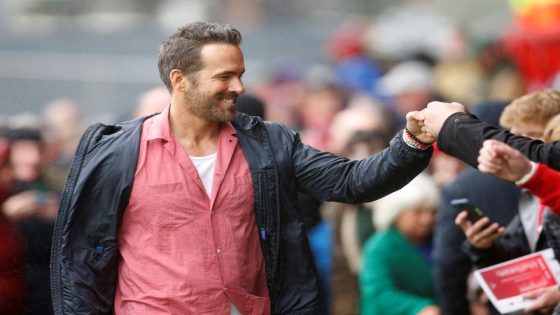Tensions between Russia and Nato continue to simmer just below boiling point amid the ongoing war in Ukraine.
On Monday, Nato boss Jens Stoltenberg told Ukrainians that “things will change” after admitting that the alliance had failed to live up to their promises of military aid in recent months.
It follows an admission from Ukraine’s top general that the situation on the country’s frontline with Moscow had worsened in the face of multiple Russian attacks.
“I will also be very honest with President Zelensky… that Nato allies have not delivered what we have promised over the last months,” Stoltenberg said. “The United States spent six months to agree a package and European allies have not delivered the ammunition we promised. But now I’m confident that things will change.
“It’s not too late for Ukraine to prevail. But that’s why it’s so urgent that Nato allies now actually do what we had promised and that we turn those commitments into real deliveries of weapons and ammunition and I’m now confident that will now happen.”
Nato is an alliance of 32 countries which aims to guarantee the freedom and security of its members through political and military means. But which of these countries spends the most on their military, and what about the UK specifically?
What is the UK spending on defence?
The Russia-Ukraine and Israel-Gaza wars have both threatened to spill over into wider conflicts. There is ever-increasing instability in the world and polling has suggested more than half of Britons think it is likely there will be another world war in the next five to 10 years.
In January, defence secretary Grant Shapps warned the UK is facing a “pre-war world” and that the “peace dividend” which allowed successive governments to ease spending on defence is over.
It was in this context that Rishi Sunak last week promised an extra £75bn in defence spending over the next six years to put the UK arms industry on a “war footing” in the face of threats from an “axis of authoritarian states” including Russia and China.
Watch: Sunak commits to spend 2.5% of GDP on defence by 2030
He said the UK will spend 2.5% of gross domestic product (GDP) on defence by 2030 because the world was “the most dangerous it has been since the end of the Cold War”.
Sunak’s comments were made alongside Stoltenberg at a military base in Ukraine-neighbouring Poland, and was clearly aimed at encouraging allies to follow suit.
The current Nato target for defence spending is 2% of GDP… and only 11 members of the alliance met that goal last year.
Which NATO countries spend the most on defence?
As the below graphic shows, the US far outstrips its NATO allies when it comes to defence spending.
According to the Stockholm International Peace Research Institute (SIPRI), military spending by the US rose by 2.3% to reach $916bn last year, accounting for more than two-thirds – 68% – of total NATO military spending.
In London, Sunak had come under increasing pressure from some Tories to boost spending, but the UK was actually the second biggest spender last year ($75bn) followed by Germany ($67bn), France ($61bn) and Italy ($36bn).
Last year saw most European Nato members increase their military expenditure, with SIPRI saying the Ukraine war has “fundamentally changed the security outlook” on the continent.
In 2023, the 31 Nato members (Sweden became the 32nd member when it joined the alliance earlier this year) accounted for $1,341 billion, 55% of the world’s military expenditure.
As the below graphic shows, this dwarfs China ($296bn) and Russia ($109bn).
Meanwhile, military expenditure across the world rose for the ninth consecutive year in 2023, to an all-time high of $2,443 billion.
Nan Tian, senior researcher for SIPRI’s Military Expenditure and Arms Production Programme, said: “The unprecedented rise in military spending is a direct response to the global deterioration in peace and security.
“States are prioritising military strength, but they risk an action-reaction spiral in the increasingly volatile geopolitical and security landscape.”
Read more
Source Agencies


